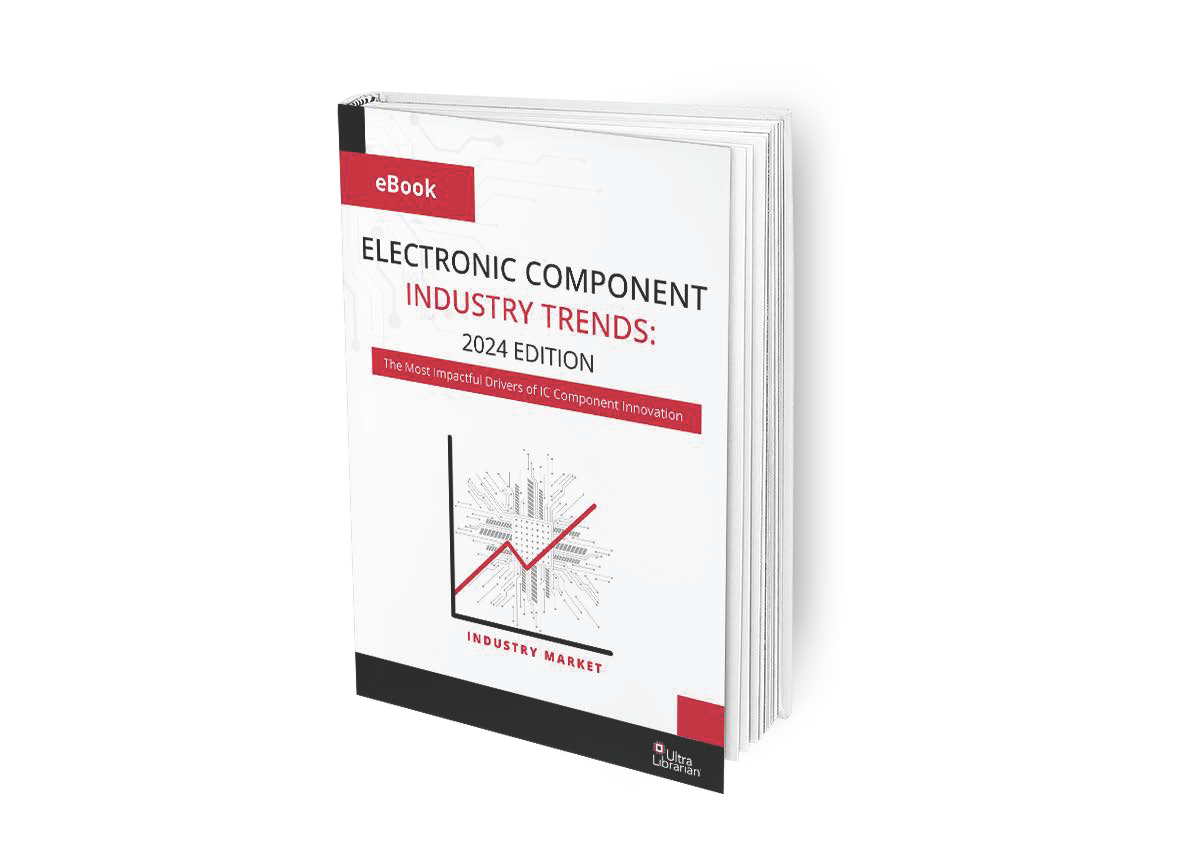The electronics market has continued to flourish throughout 2017 as we migrate towards a more connected society. Electronics are becoming a growing and integral part of our daily lives, with the number of devices out in the market quickly outnumbering the worldwide population. According to a recent press release by Gartner, the forecast for 2017 semiconductor revenue is expected to reach $411.1 billion, an explosive increase of 19.7% from 2016. Demand for components has begun to surpass supply, creating massive shortages within the industry. As a result, electronic manufacturers and PCB designers alike are feeling the heat, with lead times now reaching into 2018.
The Current Market Status
This past year has seen an exponential increase in demand for electronic components resulting in the largest epidemic of component shortages across supply chains since 2010. Since January of 2017, market forecasters have been predicting longer than usual lead times for Q1 and Q2 for in-demand electronic components. As a result, many of the leading manufacturers have reported extended and increasing lead times of up to 8 months on in-demand components, generating longer than expected manufacturing cycles. Although it was anticipated that the demand would gradually decrease for Q3 and Q4, this has not been the case with lead times now extending into 2018.
Components with the biggest shortages include memory and flash components such as DRAM and NAND, however many other parts are also falling subject to increasing lead times. Analog, Op Amps, LEDS, and IGBT products are quickly approaching 6-12 months lead times as well. Even passive components like resistors, which have rarely been a concern for supply-chain managers in the past, are seeing shortages and longer lead times as passive components are complementary goods to active components.
Where Are all the Components Going?
Reporters have identified several different reasons for the shortages, including higher-than-expected demand and capacity issues on the manufacturers side. Much of the unexpected demand stems from the upward growth of key market segments including consumer, industrial, and automotive sectors. With an increase in demand for connected devices in the IoT sector and innovative technologies like virtual and augmented realities, components used in years past have become obsolete and demand for more complex components has grown rapidly.
One specific company, Apple, has recently been the subject of much discussion around component shortages, as reports have suggested that Apple is one of four companies being prioritized by Sony. Apple’s production of the much-anticipated iPhone 8 has specifically contributed to DRAM and NAND shortages worldwide. Consequently, other companies including Nintendo have had to limit productions on products like their Nintendo Switch due to shortages in flash and memory components.
An increase in demand typically results in an increase in supply, however, manufacturers are experiencing capacity issues on their end, adding to the component shortage crisis. Market leaders in the manufacturing industry are adjusting in reaction to the growing demand. Companies including AVX and TDK have announced restructuring efforts to meet the current and future demand.
What Can You Do? Adapt and Overcome
With demand for components increasing and shortages continue to plague the marketplace, additional up-front planning is necessary to ensure you are still able to meet your design schedules and product timelines.
One of the best ways to plan for your future design is to monitor trends currently happening within the electronics industry. If you are tasked with designing a product that requires specific features, for example, one that requires extensive memory, do a little research to see if there are any impending concerns with regards to memory components. Another great way to approach market research is by checking to see what other companies are preparing to launch new products, which will provide further insight into the demand for certain parts.
Additionally, it is highly advised that while choosing components for your board you also identify alternate options that can be easily swapped out if the ideal components become difficult to source. Although some alternatives might not be ideal, due to function or price, identifying alternative options early on can help you to avoid getting caught in a supply-chain crunch further down the road.
Similarly, we recommend identifying multiple distributors to source your components from. Our online database not only contains the largest source of free symbols, footprints, and 3D models available for download, we also provide crucial stock and pricing information to help you get a good idea of what is in stock across multiple distributors. Evaluate different component options, check stock levels across multiple distributors and make the best choice for your project timeline.
Although there is currently no catch-all solution for you to overcome issues associated with component shortages, the best thing you can do is stay informed. Start reviewing stock on your components today: https://www.ultralibrarian.com/







